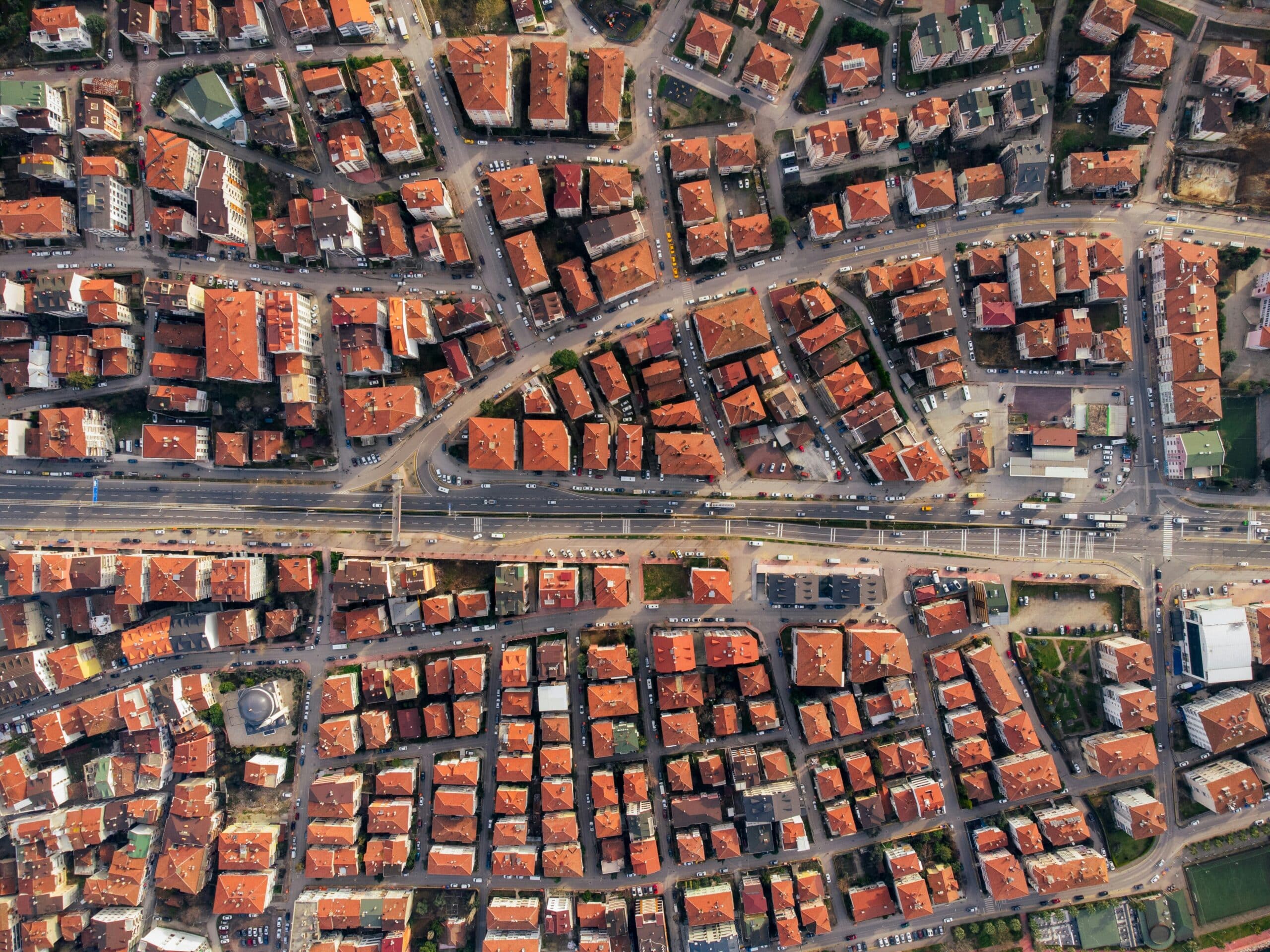By: Michael Smith
Border security is important to stability and progress for Sierra Leone, a nation with a burgeoning economy and a rich cultural tapestry. In recent years, this West African country has been at the forefront of technological innovation in bolstering its border safety measures.
Spearheaded by Securiport Sierra Leone, these advancements mark a significant leap forward in safeguarding the nation’s borders. With a focus on efficiency and efficacy, Sierra Leone has embraced cutting-edge solutions to address the challenges of modern security threats.
Securiport Sierra Leone delves into the pivotal role that technology plays in securing Sierra Leone’s borders. From biometric identification systems to sophisticated data analytics, these innovations fortify the nation’s defenses and streamline border processes. Sierra Leone’s commitment to leveraging technology has elevated its status as a leader in utilizing innovative solutions for security enhancement.
Challenges in Border Security
Sierra Leone has long grappled with traditional challenges that compromise its border security. The country’s extensive coastline and vast land borders present complex vulnerabilities. Porous borders have facilitated the illicit movement of goods, people, and contraband, posing significant threats to national security and economic stability.
The prevalence of smuggling activities, ranging from illicit drugs to firearms, further exacerbates these challenges. Illegal immigration, often driven by socioeconomic factors, adds another layer of complexity to the security landscape. These issues not only strain law enforcement resources but also undermine efforts to maintain order and integrity at the borders.
“In light of these pressing concerns, the imperative for innovative solutions becomes evident,” says a Securiport Sierra Leone executive. “Traditional methods alone are insufficient in combating the multifaceted nature of modern security threats.”
Sierra Leone recognizes the need to adopt forward-thinking approaches that leverage technology and data-driven strategies. This proactive stance is essential not only to mitigate risks but also to foster a safer and more prosperous environment for its citizens.
Integration of Technology
The integration of technology has heralded a new era in Sierra Leone’s approach to border security, marking a departure from conventional methods. Surveillance systems equipped with advanced sensors and cameras offer real-time monitoring capabilities along the nation’s borders. This enhanced visibility enables authorities to detect and respond swiftly to suspicious activities, reducing the likelihood of illicit border crossings.
Biometric identification systems represent another critical advancement, providing a robust means of verifying individuals’ identities. By capturing unique biological markers such as fingerprints or iris scans, these systems bolster the accuracy of border control processes. This improves efficiency and strengthens security measures by preventing unauthorized entry.
Drones, with their aerial surveillance capabilities, have emerged as indispensable tools in border patrol operations. Unmanned aerial vehicles (UAVs) offer versatile monitoring capabilities, covering vast areas that would otherwise be challenging to patrol effectively. Equipped with high-resolution cameras and thermal imaging technology, drones provide invaluable support to ground personnel, enhancing situational awareness and response capabilities.
Notes a Securiport Sierra Leone manager, “The effectiveness of these technologies equips Sierra Leone’s security forces with the tools needed to proactively monitor and secure the nation’s borders.”
As Sierra Leone continues to invest in technological innovations, the synergy between technology and security remains a cornerstone of its strategy to safeguard its borders and ensure national sovereignty.

Government Initiatives and Partnerships
Sierra Leone’s commitment to bolstering border security extends to a series of government-led initiatives tailored to address the evolving landscape of security challenges. Recognizing the pivotal role of technology, the government has launched targeted programs to enhance surveillance capabilities and modernize border control infrastructure. These initiatives are designed to fortify the nation’s defenses and improve response times to potential threats.
“Partnerships with international organizations and donor agencies have played a pivotal role in supporting Sierra Leone’s technological advancements in border security,” says a Securiport Sierra Leone executive.
Collaborations with entities such as the United Nations Office on Drugs and Crime (UNODC) and the International Organization for Migration (IOM) have yielded fruitful results. These partnerships not only provide vital funding but also facilitate knowledge transfer and capacity building.
Through joint efforts, Sierra Leone has achieved notable milestones, from the implementation of integrated border management systems to the establishment of training programs for border personnel. These initiatives have not only strengthened the nation’s ability to combat transnational threats but have also fostered a culture of collaboration and information sharing on a global scale.
As Sierra Leone continues to forge partnerships and invest in innovative solutions, the trajectory of its border security landscape reflects a proactive and multifaceted approach. The government’s unwavering commitment, coupled with strategic collaborations, sets a promising course for the future of border safety in Sierra Leone.
Future Prospects and Challenges
The horizon of border security in Sierra Leone is marked by promising advancements and evolving trends in technology. As the pace of technological innovation accelerates globally, Sierra Leone remains poised to embrace emerging solutions that enhance its border safety measures.
Future trends indicate a continued emphasis on artificial intelligence (AI), machine learning, and big data analytics in the realm of border security. These technologies offer unprecedented capabilities in threat detection and risk assessment, providing valuable insights to security personnel.
Alongside these opportunities come challenges and considerations. The implementation of advanced technologies requires substantial investment in infrastructure and specialized training for personnel. Ensuring the interoperability of various systems and maintaining cybersecurity resilience are also pressing concerns.
The ethical implications of widespread surveillance and data collection demand careful attention to privacy and human rights considerations. To navigate these challenges, recommendations include fostering public-private partnerships to leverage expertise and resources effectively. Continuous training and capacity-building programs for border personnel are essential to maximize the benefits of technological innovations.
A comprehensive approach to cybersecurity, including regular audits and updates, is crucial to safeguard sensitive data. Looking ahead, the path forward includes continued investment in cutting-edge technologies is paramount. The evolving landscape of security challenges demands agile and forward-thinking solutions. Sierra Leone must remain at the forefront of technological adoption, embracing emerging trends such as AI, machine learning, and big data analytics.
The success of these initiatives hinges on collaborative efforts among stakeholders. Government agencies, international organizations, private sector entities, and local communities must unite in a shared commitment to fortify Sierra Leone’s borders. By fostering partnerships and knowledge sharing, a more resilient and secure border ecosystem can be cultivated.
Published by: Khy Talara







